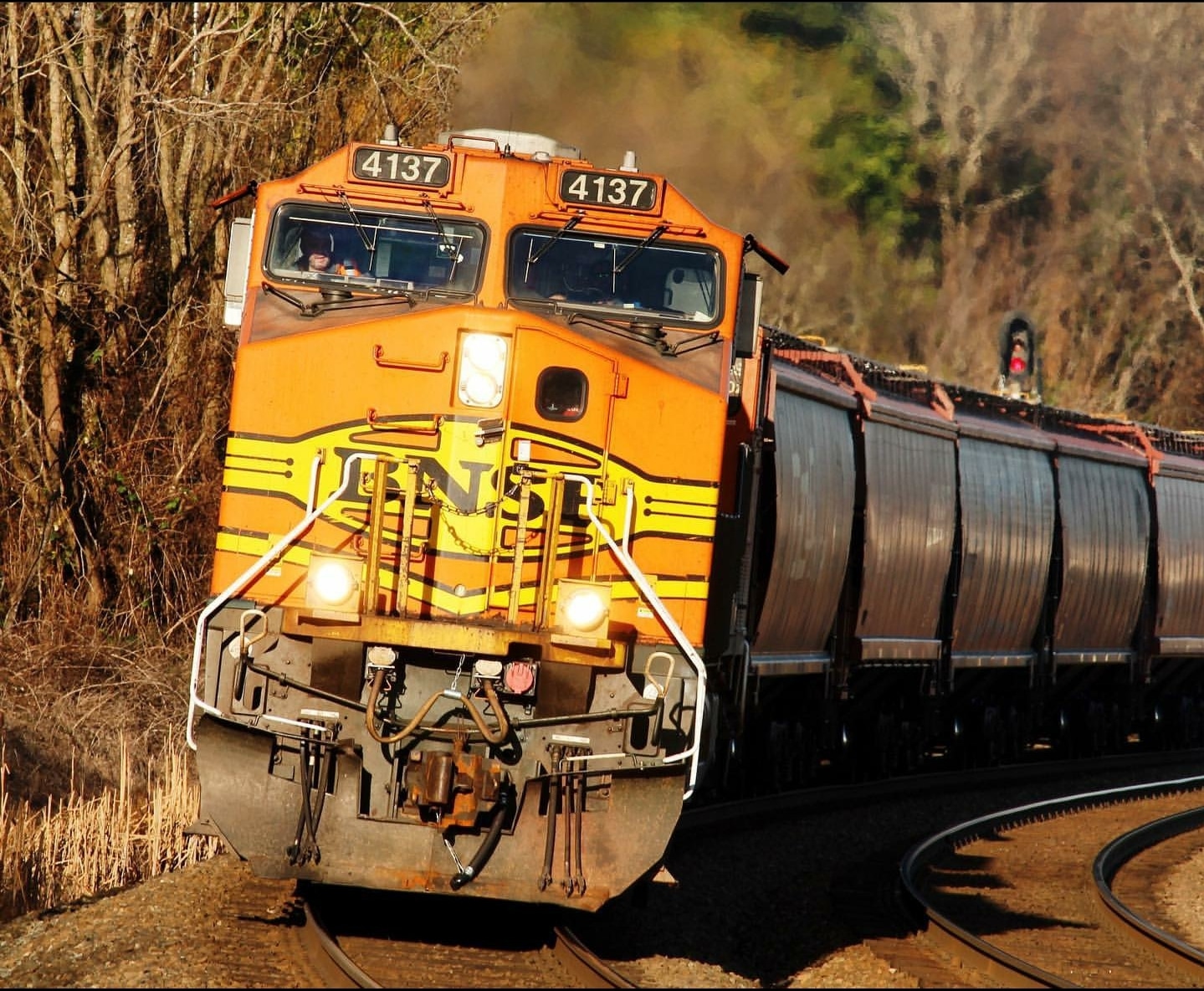I know, crazy article title, isn’t? Well I am trying to bust a myth here, so I believe the headline does the trick.
So, can trains go uphill?
Short answer: Of course they can run uphill.
I totally understand why many people believe trains can’t go uphill, in the matter of fact, trains do not perform well uphill.
…and here is why.
As mentioned in my short answer, trains can definitely go uphill, however the way trains work, are making any gradients greater than 2% quite hard to climb.
Just so you can have a clearer perspective, an auto vehicle can run on uphills of 25-30% gradients, while humans can climb stairs with gradients as great as 70-80% (using a stair).
There are few reasons why trains don’t perform well uphill, the main one however is the force of gravitation.
On a steep hill, let’s say greater than 2%, the force pulling the train against its desired direction is extremely high, due to its train weight.
That combined with a very low rolling resistance of a steel wheel on a steel rail, which is also the biggest advantage the train wheels have over the regular rubber ones, will make trains perform extremely poorly uphill. To make things even worse, the slightest drop of precipitation, like rain or snow will be the cherry on top for even low grade hills.
So since we know that trains can go uphill and we know why trains can’t go uphill ( tricky question, trains can go uphill and trains can’t go uphill at the same time), if I haven’t confused you enough, it means that I got you the answer.
There remains one question unanswered.
How do trains go uphill?
If the train weight exceeds what the locomotive can pull uphill, the crew has to apply something called “double the hill”.
Doubling the hill is a railway transportation operation, in which the train crew divides the train consist in two sections and pulls them over the hill in two separate rounds. However, for efficient operations this will be the last resort solution the crew will deploy.
ATSF, AT&SF – Atchison, Topeka and Santa Fe Railway was founded on February 11, 1859 and it was
one of the largest railroads in the United States.
It has operated between 1859 – 1996, ending
and beginning another chapter, by merging with Burlington Northern and Santa Fe Railway, later
called BNSF Railway.
Copyright © Tacoma RailFan
There are railroads that triple the hill, on a regular basis, because it is more affordable than having an extra locomotive.
Examples of railroads doubling the hill are Central Pacific between Blue Creek and Promontory Summit, C&IM doubling or tripling the Petersburg Hill and many more.
Another way of dealing with high grade uphills, where there isn’t enough tractive effort to pull the freight uphill is using “helpers”.
These helpers are actually stationed locomotives, waiting to help trains get over the hill.If the train can’t pull the tonnage itself, these helpers connect to the train, forming a locomotive consist, helps pull the train and come back to the bottom of the grade, awaiting the next train that needs help.
I hope this article answered your question, and it didn’t confuse you even more why trains can’t go uphill and why trains can go uphill.
This was me trying to be funny! Greatly appreciate your comments.
Recommended
How Much Does a Caboose Weigh? With ExamplesJune 2, 2020How Long is a Train? Freight, Passenger. Maximum Allowed Length?June 1, 2020What Are Railroad Ties Treated With? Made of and typesMay 20, 2020

